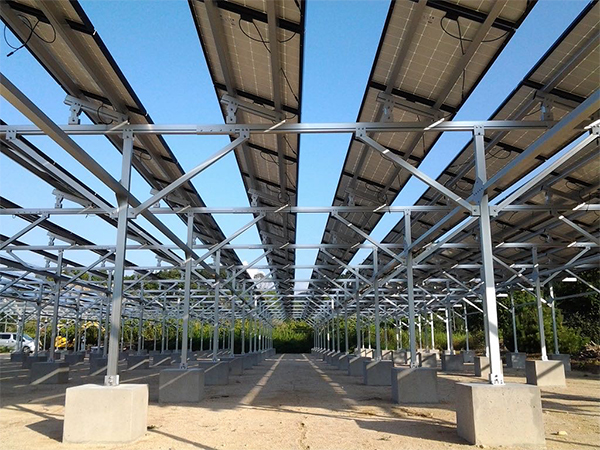Agricultural solar mounting systems are a solution for installing solar panels onto agricultural land to harness solar energy. In recent years, agricultural solar mounting systems have played an important role in the sustainable development of agriculture. They provide a new source of clean energy for agricultural production and leverage technical advantages in hydrology, soil and temperature to help the agricultural industry achieve lower energy costs, higher productivity and smaller environmental impact.
Traditional agriculture, when looking for ways to increase revenue and reduce costs, often consider utilizing vacant land to integrate solar systems. The design of the agricultural solar bracket system takes into account the complexity of agricultural production and can utilize solar energy while planting crops without affecting farming and other daily agricultural activities. At the same time, as the cost of solar power continues to fall, such systems are becoming increasingly attractive to farmers. This agricultural solar racking system is a cost-effective option for agricultural workers and farmers while increasing productivity and reducing environmental pollution.
Design aspects of agricultural solar mounting systems need to take into account the unique needs of agricultural production compared to rooftop and ground-mounted solar mounting systems. For example, bulbous plants require a warmer climate, while vegetables and fruits require a cooler climate; therefore, the design of the solar rack system must provide maximum sunlight utilization while taking into account the needs of plant growth. Agricultural solar racking systems are also more durable than traditional solar racking systems to adapt to various environmental and weather conditions in agricultural production.
In addition to providing clean energy while farming, agricultural solar mounting systems can also create more business opportunities for the agricultural industry. For example, farmers can sell excess electricity to the grid, earning additional income. Such a system could also attract more investors to help farmers build more sustainable agro-ecosystems within their communities.

